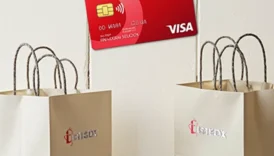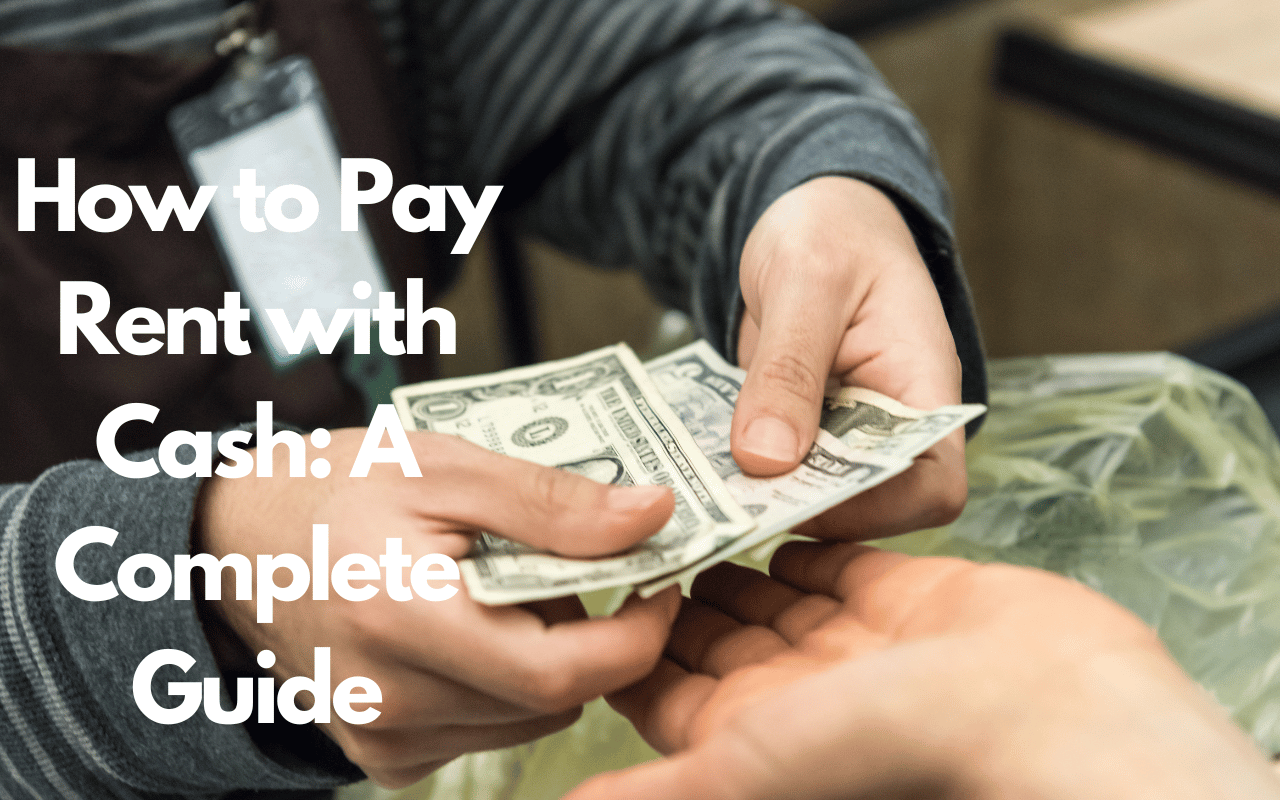How to Pay a Check: Mastering the Art of Check Payments

Completing a check for the first time or after a hiatus? If you find yourself with questions on where to sign or How to Pay a Check, follow this quick guide.
- How to Pay a Check: Mastering the Art of Check Payments
- What is the process of check payment?
- What is the best way to send a check?
- Can you pay someone with a check online?
- Who signs the back of a check?
- How do you accept a check?
Step 1: Date the check
Begin by writing the date on the line at the top right-hand corner. This is crucial for the bank or recipient to know when the check was issued.
Step 2: Identify the recipient
Move to the line that reads “Pay to the order of.” Here, jot down the name of the person or company you intend to pay. If uncertain about the exact name, you can use “cash,” though this poses a risk if the check is lost or stolen, as anyone can cash or deposit a check made out to “cash.”
Step 3: Specify the payment amount in numbers
There are two spaces on the check for indicating the payment amount. First, in the small box on the right, write the dollar amount numerically (e.g., $130.45). Ensure clarity for accurate processing by ATMs or banks.
Step 4: Specify the payment amount in words
Directly below “Pay to the order of,” express the dollar amount in words to match the numerical value. For instance, if paying $130.45, write “one hundred thirty and 45/100.” Include “and 00/100” even for round numbers, enhancing clarity for proper check processing.
Step 5: Include a memo
While optional, filling out the “Memo” line is beneficial for tracking why you issued the check. For instance, if paying a monthly bill, you can note “Electric Bill” or “Monthly Rent.” Companies may also request your account number in this area.
Step 6: Sign the check
Finalize the process by signing your name on the line at the bottom right-hand corner, using the signature associated with your checking account. Your signature confirms your agreement to pay the stated amount to the designated recipient, providing assurance to the bank.
What is the process of check payment?
A check payment serves as a negotiable instrument utilized to withdraw funds from a deposited account, facilitating the payment of a predetermined sum to the recipient upon request. Conventionally, the physical movement of a check involves its passage from the payer to the payee and subsequently to the payee’s bank. The payee’s bank is responsible for disbursing the specified funds to the payee. Following this, the check traverses back through the payee’s bank to the payer’s bank. In the final step, the payer’s bank transfers the designated funds from the payer’s account to the payee’s bank, effectively reconciling all financial transactions involved.
What is the best way to send a check?
In an era dominated by digital transactions, the act of writing checks may be perceived as outdated by some. Surprisingly, research reveals that nearly 46% of individuals still engage in the practice of writing 1-2 checks per month.
Although checks have become less prevalent, they remain a relevant payment method, even among the Millennial demographic. Offering a cost-effective solution, checks necessitate physical receipt by the intended recipient to be deemed effective. While checks are commonly dispatched via mail for both personal and professional transactions, it is crucial to adopt precautionary measures to ensure secure delivery.
Discover the Safest Way to Mail a Check:
Sending a Check Using Regular Mail:
Standard postal services in the US are widely considered safe, and many individuals continue to send checks via regular mail. Although digital alternatives are available, mailing checks has been a common practice for years. Despite the perceived effectiveness of this method, caution is advised, especially when dealing with substantial sums.
Tips on How to Mail a Check Safely:
While mailing checks is commonplace, implementing the following steps enhances the security of the transaction.
1. Deliver to a Safe Place:
Rather than leaving the letter, containing the check, in a residential mailbox, it is advisable to deposit it in an official postal collection box, hand it directly to a uniformed mail carrier, or personally take it to the Post Office.
2. Track the Package:
Opting for Certified Mail® is considered the safest method. Certified Mail offers tracking capabilities, enabling senders to monitor the check’s progress in the mail stream. Additionally, the sender receives delivery confirmation once the check is signed for by the recipient.
3. Restrict the Check:
Utilize the endorsement area on the back of the check to write “For deposit only to account of payee.” This practice prevents unauthorized individuals from cashing the check without leaving a trace.
4. Hide the Check:
To enhance security, disguise the check as a regular letter. Wrapping the check in a folded sheet of paper within the envelope adds an extra layer of confidentiality.
5. Double-Check the Address:
Always verify the accuracy of the recipient’s address before sending the check. A quick double-check ensures that the check reaches the intended destination without errors.
Embracing these precautions helps mitigate potential risks associated with mailing checks, providing senders with peace of mind during the transaction.
Can you pay someone with a check online?
An electronic check, commonly known as an eCheck, is a digital payment method facilitating online bank transactions. Similar to traditional paper checks, eChecks transfer funds from one account to another, but the distinction lies in the electronic nature of the transaction. In the United States, the automated clearing house (ACH) network serves as the conduit for eCheck transfers.
The fundamental process is straightforward: when initiating an eCheck payment, funds are deducted from the payer’s bank account and credited to the payee’s bank account. Various methods exist for verifying and authorizing eCheck payments, ranging from completing online forms to signing electronic contracts.
Can eChecks be sent instantly online? While the initiation of eCheck payments occurs online, the processing time tends to be longer compared to other digital payment methods such as PayPal, Stripe, or Google Pay. The necessity for routing through the ACH network means that eCheck transactions may take several business days to complete the clearance process.
Who signs the back of a check?
The back of a check is typically signed by the person who is receiving the money, known as the payee. This process is called “endorsing” the check. When the payee signs their name on the back of the check in the designated endorsement area, they can then present it for cash or deposit. There are different ways to endorse a check, including simply signing the name, adding restrictions like “for deposit only,” or signing it over to another person. It’s important to only sign the check upon depositing or cashing to prevent unauthorized use if the check is lost or stolen before it’s processed.
How do you accept a check?
When deciding to accept checks for your small business, it’s essential to keep key considerations in mind. Follow a set of straightforward steps to ensure the collection of valid checks and their accurate deposition.
Upon receiving a check, conduct a thorough verification to confirm that it has been written for the correct amount. Ensure parity between the numerical amount and the written amount on the check, and refrain from accepting checks exceeding the total amount due.
The check should encompass personal and banking details, with the following information accurately written or printed:
– Full name of the payer
– Current date
– Bank ID numbers, including account and routing/ABA numbers
– Payee name (either you or your business)
– Dollar amount
– Signature
Once the information is verified, proceed to deposit the check promptly. Timely deposits are crucial for expeditious payment processing and maintaining a robust cash flow for your small business. Additionally, be mindful not to delay deposits, as certain banks may impose restrictions on check deposits after a specified timeframe. Stay proactive in depositing checks to ensure a smooth financial flow for your business, and always verify the quality of the checks you receive.






